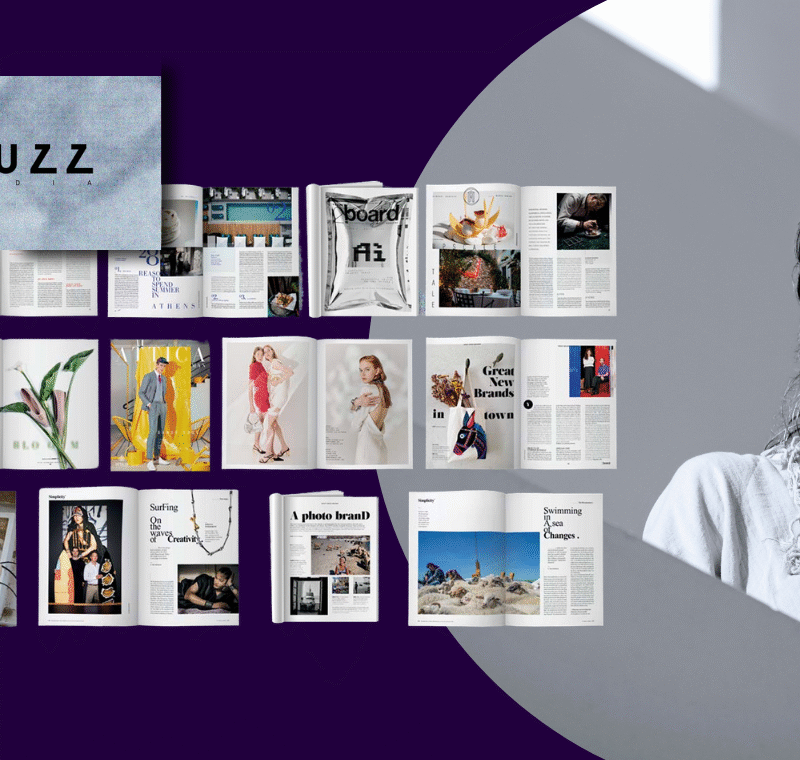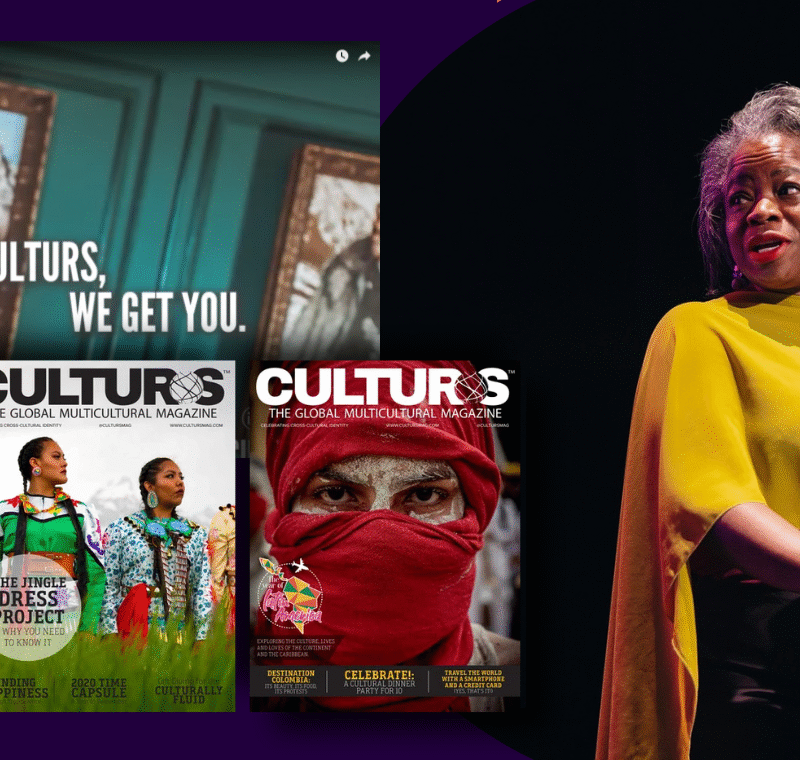How platforms are changing the game
The FIPP Congress takes place from 13-15 October 2015 (register here).
The need for publishers to transform their content offering from magazines to always-on platforms is perhaps best encapsulated by Hearst ‘months to moments’ strategy, writes Jon Watkins.
In this Q&A, the media giant’s president and CEO, Duncan Edwards, sets out how the need to meet audiences’ new expectations around engagement has driven the business to completely restructure how it works and how it prioritises the distribution of content.
“The tempo of producing a weekly or monthly magazine is clearly different than producing an engaging, topical, up-to-the-minute website or social media strategy – even if it’s for the same audience,” he says. “So it’s critical that we think differently about what we do on social media, and what we put on our websites compared with what we put in our monthly magazines, which have much longer lead-in times. That is what has really driven this catchphrase of ‘months to moments.’
The move has seen Hearst fully embrace new and emerging platforms – as the company seeks ways to build constant relationships between its brands and its audiences – rather than just weekly or monthly touchpoints.
ELLE, for example, this year launched an innovative campaign calling on a number of new platforms to promote a product by leading hair styling brand ghd.
The campaign included a media first – an exclusive live magazine photoshoot open to the public.
As well as giving the audience a behind-the-scenes look at what goes on during a shoot, the initiative also provided visitors with the chance to appear on a billboard in London’s Piccadilly Circus via an Instagram booth that directly uploaded their images.
Additionally, ELLE promoted the content generated from the shoot on both its print and digital platforms – blog posts from the shoot team, a gallery and social feed, as well as videos that will be uploaded live from the venue. Post-event, a backstage diary was posted with the shoot images, additional video content and an in-depth look at the trends ELLE created alongside product and technique guides. And the campaign was promoted heavily via ELLE’s social media channels.
It’s clear that Hearst – like all major publishers – is working hard to explore how new platforms can help it improve engagement with audiences, and Edwards added recently: “The future of publishing is on mobile platforms. Mobile’s rapid rise in foreign markets such as China means publishers need to find a way to make the mobile reading experience as engaging for readers as the social media and video-centric apps they currently enjoy.”
Instagram is in the picture
So which platforms are generating the biggest interest right now?
Instagram journalism is one area that has seen rapid growth in recent months. In fact, Instagram is the fastest growing social media platform in the US.
More than a quarter of US adults are on the platform, according to Search Engine Journal, and more than half of internet-using young adults (ages 18-29) use Instagram.
What’s more, half of all Instagram users are on the site daily, demonstrating to publishers that Instagram users are committed. Those perhaps best-placed to take advantage of Instagram journalism are the brands with strong visual content.
Gary Knell, CEO of National Geographic, agrees: “We’re seeing some really good growth in the social area now – in particular with Instagram, where we are the number one brand.
“It’s important to us because if you like National Geographic photography on Instagram,” he says, “the chances are you will like one of our videos or one of our programmes or one of our articles. It’s about engaging consumers in the first place and then introducing them to the other content that we produce. That’s why I don’t think of us as a magazine company anymore – the magazine is a very important component of what we do but we are really a digital storyteller on all content platforms.”
Snapchat discovers content
National Geographic is also one of the brands that launched on Snapchat Discover.
While Discover was previously limited to 12 publishers, the introduction of Mashable, Tastemade and IGN fairly recently has seen the brand portfolio expand.
Advertising, a big part of Discover’s appeal, helps marketers reach the app’s 100 million daily active users. Publishers can sell full-screen video ads between content and also sponsor a publisher’s daily stories. So it’s likely the platform’s appeal will lead to further expansion in the future.
Video on the rise
Platforms such as Snapchat are also further fuelling video’s continued rise.
Digital video ad spend is growing at a rapid pace. According to a new report from eMarketer, the ‘Q2 2015 State of Video,’ total ad spend allocated for digital video jumped from 2.4 per cent in 2013 to 4.4 per cent last year. Sixty-eight per cent of US marketers said they plan to increase their digital video budgets in the next year, and much of this investment is down to new video ad offerings from platforms like Snapchat, Yahoo, and Vessel. The report also emphasized the proliferation of original video content on platforms like Hulu, YouTube, and Amazon as a key contributor to digital video ad spend’s rise.
Facebook in the fray
Of course, one of the most exciting platform developments right now is Facebook Instant Articles – and the benefits the platform offers publishers means it’s highly likely we’ll see more players sign up in the near future.
One major benefit is ad revenues. Facebook gives publishers 100 per cent of the ad revenue if the publisher sells the ads, and takes only a 30 per cent cut if the ads are sold through the Facebook network.
The platform also allows publishers complete control of the Instant Articles they post, which can also run on the publisher’s own site without issue. In essence, publishers can use Facebook Instant Articles as an alternative platform to deliver a superior experience for their readers coming from Facebook—all without sacrificing ad revenue.
The big question
Of course, what all these platforms have in common is their accessibility through mobile.
Audiences are more willing than ever to access their news and content through mobile devices – meaning publishers’ efforts to produce their content on a mobile-first strategy is heightening.
But it also means their control of their content is reducing, as they hand control and power across to the platforms through which they share content.
This produces a dilemma for many publishers. When Facebook initiated its experiment to publish whole articles or videos instead of just publishing links to them, even news organisations such as the New York Times signed up to a greater loss of control .
Writing on ‘The rise of mobile and social news – and what it means for journalism’ in the Huffington Post earlier this year, Emily Bell, Director of Tow Centre for Digital Journalism at Columbia, said: “The idea that an organisation so apparently dedicated to the control of its own brand would take this route is a signal of how much changed behaviours in news audiences is forcing even the most resolute organisations to make compromises.
“This is a decision every publisher has to make. The trade off between control of your own journalism, versus reaching large audiences, is inevitable for both national and international media.
“Fragmentation of news provision,” she continued, “which weakens the bargaining power of journalism organisations, has coincided with a concentration of power in platforms. The only remaining question is how fast will we see a shift from the old models of distribution to the new?”
* The FIPP Congress takes place from 13-15 October 2015 (register here).
More like this
Developing cross-border business in an online world
How an ex-Googler is hoping to solve ad blocking and other publisher conundrums









